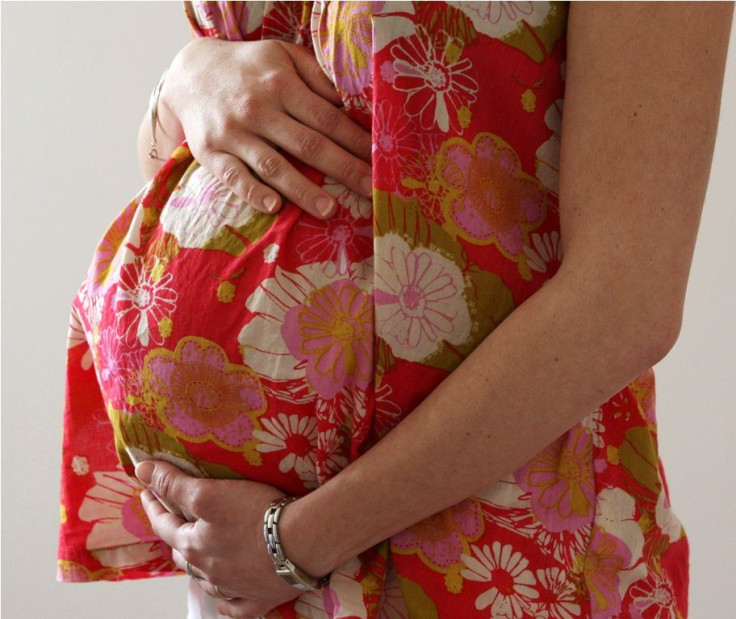New discovery may prevent birth defects and spontaneous miscarriage among older women

Australian researchers have, for the first time, established the reason why older women have an increased risk in miscarriage and having a baby with birth defects.
Eggs from older mothers can bypass the gatekeeper that normally prevents the final development of eggs that have damage in their DNA, according to researchers from Monash University. This finding may lead to new approaches in preventing the DNA errors occurring in older mothers to reduce age-related birth risks.
More Australian women over 40 are having babies than ever before, according to Professor John Carroll, one of the lead researchers and the director of Monash’s new Biomedicine Discovery Institute. In 2011, 12,800 babies were born to women over 40, compared with just over 7,000 in 2001.
Younger mothers have a more robust gatekeeping mechanism that recognises eggs that are “faulty,” which stops their development and prevents normal fertilisation, the researchers said. However, eggs from older mothers fail to arrest development when there is chromosomal damage. The damaged eggs may then be able to undergo fertilisation, which would result in embryos with increased risk of miscarriage or offspring with chromosomal abnormalities.
It is known that older oocytes, or egg cells, have a number of problems, including a decrease in the amount of a protein called Rec8. This protein is responsible for holding chromosomes together for the lifespan of the egg and is therefore necessary for the normal separation of chromosomes when the egg cells divide.
Mistakes in this process can create chromosomal abnormalities like Down’s syndrome, the researchers said. Carroll and the team revealed the actual point in older eggs when these chromosomes segregate, which is the tipping point for when damaged eggs go on to be fertilised or not. They call it this the spindle assembly checkpoint.
“In the eggs of younger models, and likely younger women, this is the actual point when DNA damage causes the egg to arrest its development. In older models, and women, the process isn’t as stringent, and more damaged eggs get through the gatekeeper and may go on to be fertilised,” said co-lead researcher Professor Petros Marangos.
According to Carroll, the discovery of the exact time when damaged eggs “slip through the gatekeeper” in older women opens the way for developing mechanisms that can prevent damaged eggs from being fertilised, raising the likelihood of more viable eggs for fertilisation.
The study, published in the journal Nature Communications, is a collaboration among scientists at Monash University, University College London and the University of Ionnina in Greece.
In the same journal, a similar study by UK scientists reveal that eggs have a protective "checkpoint" that helps prevent them from being fertilised if they have DNA damage. Researchers from the University of Southampton found that damage to DNA during meiosis, the process that results in the formation of sperm cells and egg cells, activates the spindle assembly checkpoint in the maturing egg, known as an oocyte, which prevents it from fully developing and stops it from being fertilised.
Contact the writer at feedback@ibtimes.com.au or tell us what you think below.






